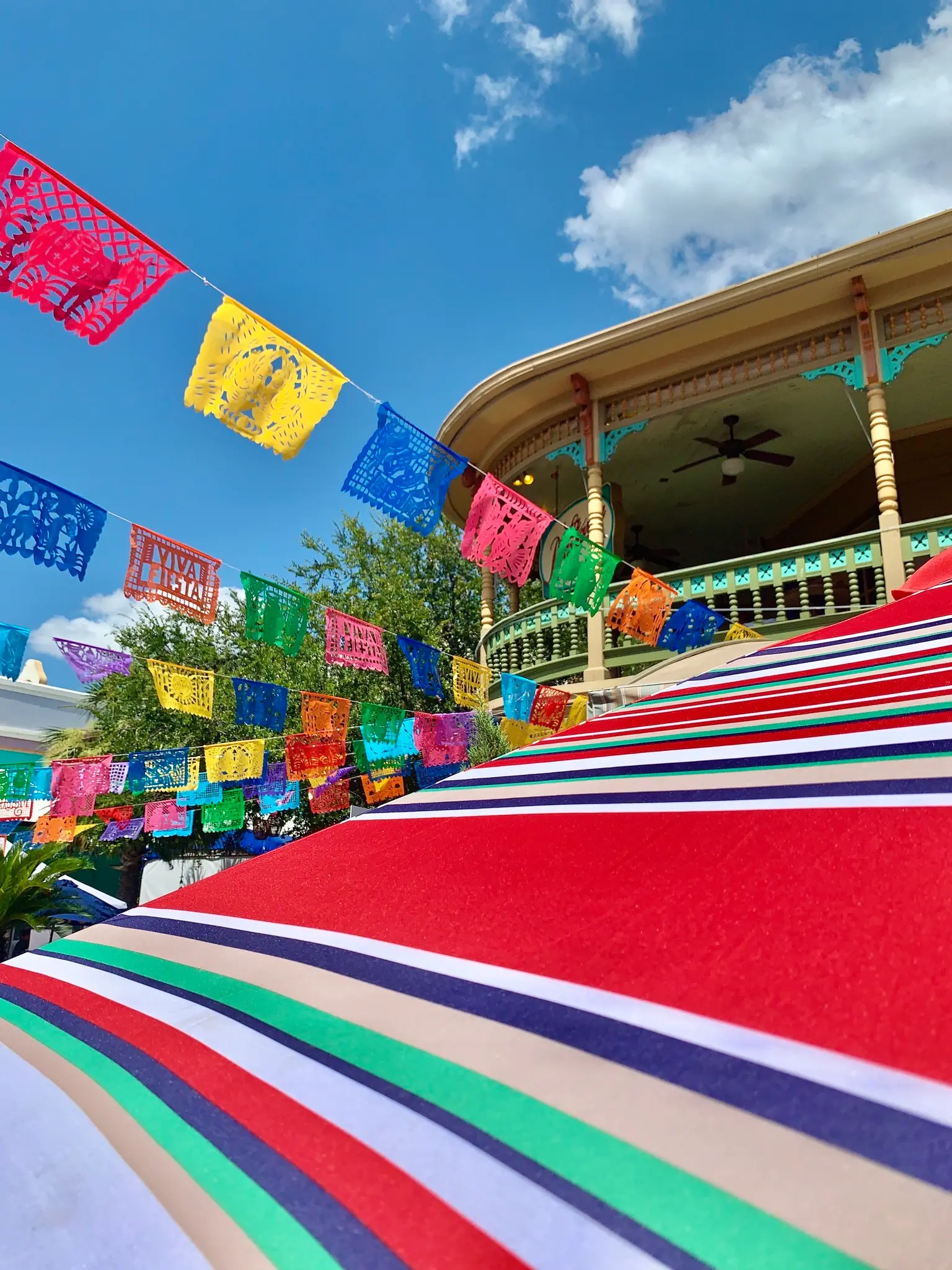While there is no specific gene that has been identified as being responsible for an individual’s appreciation of color, research suggests that genetics may play a role in how we perceive color.
Our ability to see color is determined by specialized cells in the retina called cones, which come in three different types that respond to different wavelengths of light. The genes that code for these cones can vary between individuals, resulting in differences in color perception.
In addition to these genetic factors, research also suggests that exposure to color from an early age may play a role in shaping our appreciation of it. For example, individuals who grow up in cultures with a strong tradition of colorful art and design may be more likely to appreciate a wide range of colors.
It’s also possible that personal experiences and cultural background can shape an individual’s aesthetic preferences, including their appreciation of color. For example, someone who has had positive experiences associated with a certain color may be more likely to appreciate that color in the future.
While the exact mechanisms behind individual differences in color appreciation are not fully understood, it is clear that genetics, experience, and personal preference can all play a role in shaping how we perceive and appreciate color.
There is no one specific personality or temperament type that is more likely to appreciate and pay attention to a wide variety of colors in life, culture, fashion, design, food, and other aspects of life. However, individuals who are generally open-minded, creative, and have an appreciation for aesthetics are more likely to be drawn to vibrant and diverse colors.
People who possess traits such as curiosity, imagination, and a desire for new experiences may be more likely to appreciate and seek out different color palettes in different aspects of their lives. Additionally, those who value diversity and inclusivity may be more inclined to appreciate and enjoy a wide range of colors, as they may see them as representing different cultures and backgrounds.
In short, anyone can have an appreciation for a wide variety of colors in different aspects of their lives. It often depends on individual preferences, experiences, and values.
Click
Jack




























